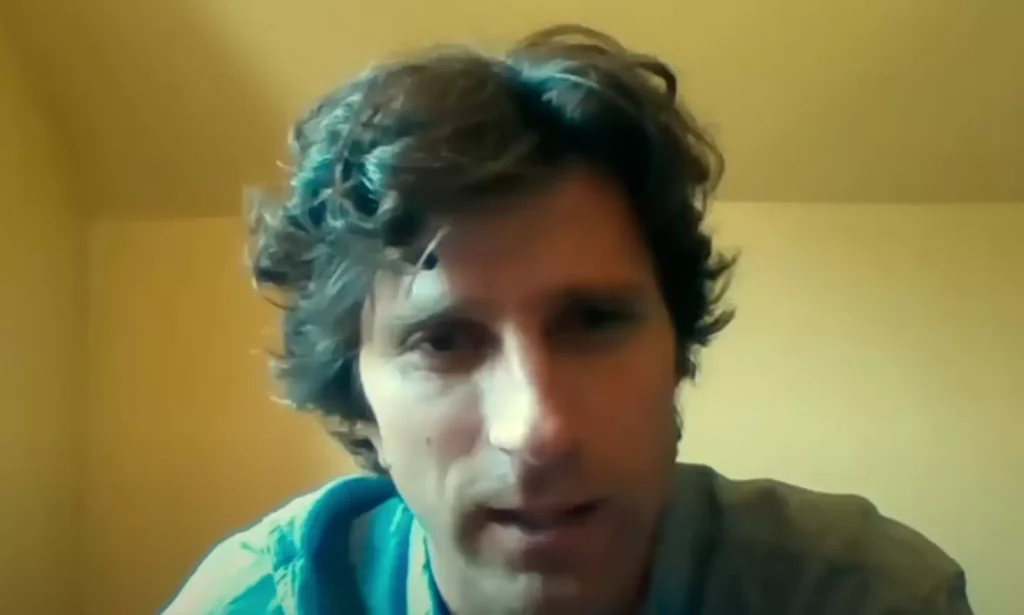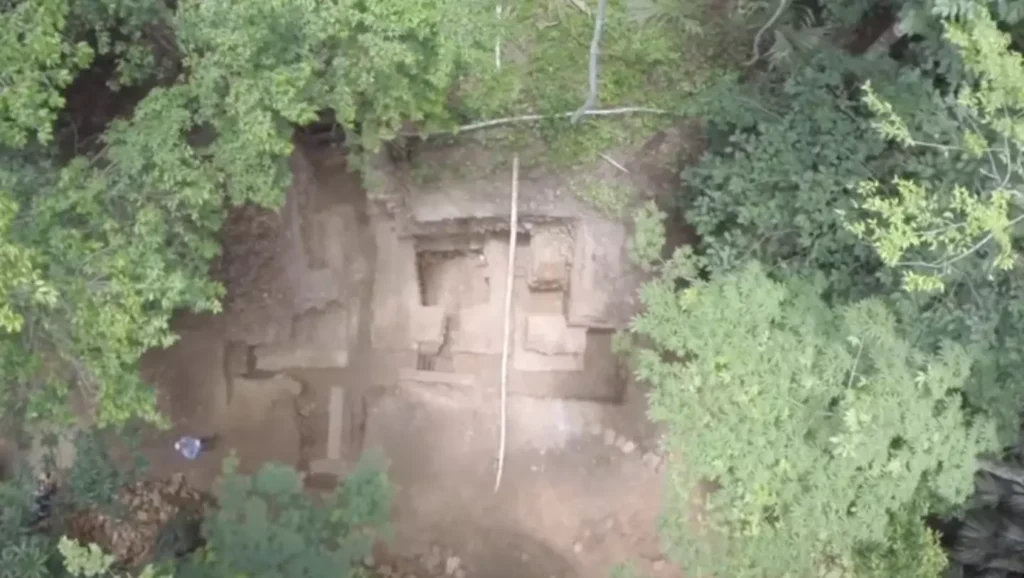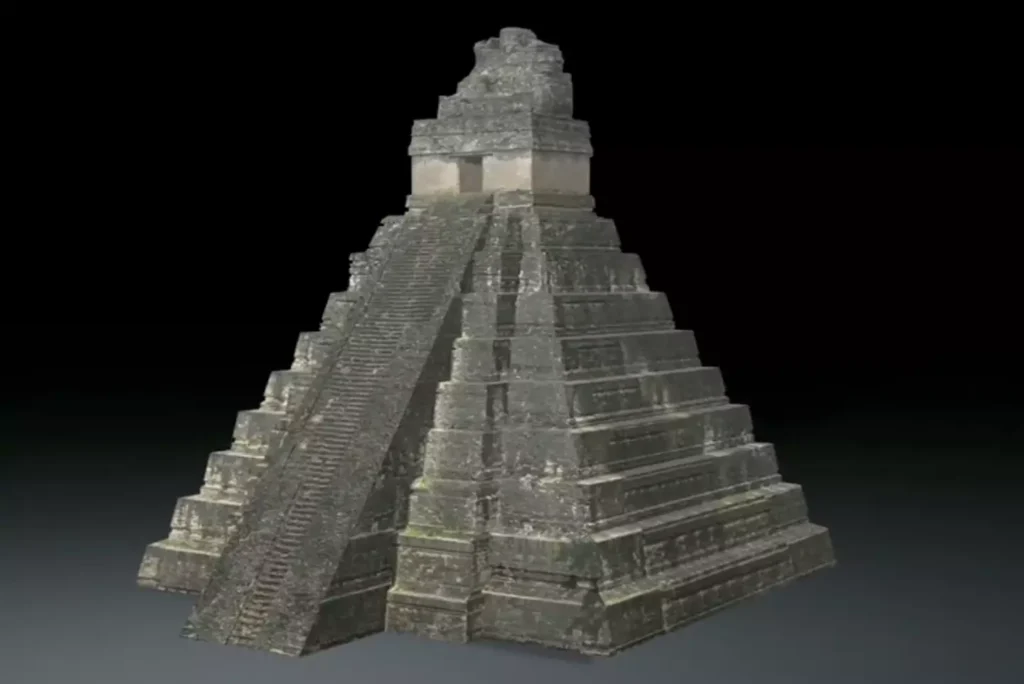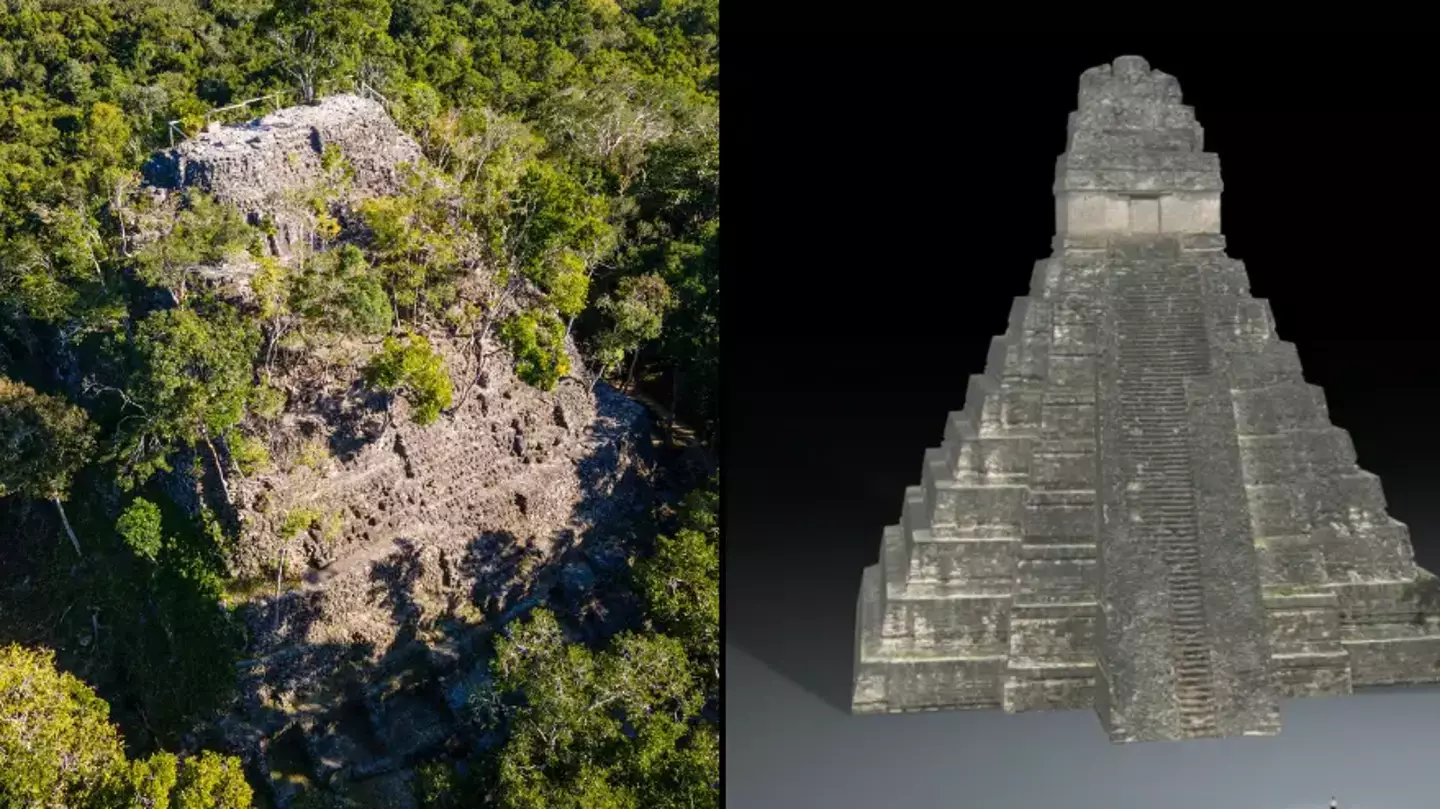A surprising discovery has surfaced in Campeche, Mexico, where Luke Auld-Thomas, a PhD student at Tulane University, stumbled upon an ancient Maya city during a late-night Google search session. While browsing through page 16 of Google, Auld-Thomas came across a lidar survey report from a Mexican environmental organization, unintentionally unlocking a centuries-old mystery.
A High-Tech Discovery from Low-Tech Curiosity
According to the BBC, Auld-Thomas was doing what many researchers do: scouring search engines for any overlooked data. The report he found documented a lidar survey—a remote sensing method that uses laser pulses to map landscapes and can reveal objects buried under dense forests. For archaeologists, lidar is like a magic wand that unveils hidden structures without disturbing a single blade of grass.
“It’s kind of shocking to think it was just lying there,” Auld-Thomas told the BBC. He explained that after processing the lidar data, he saw what appeared to be a massive, organized cityscape hidden beneath the jungle—a site he and his team have since named “Valeriana.”

The Significance of ‘Valeriana’: A Window into the Maya Civilization
Spanning approximately 16.6 square kilometers, Valeriana is estimated to have been home to between 30,000 and 50,000 people at its peak, complete with pyramids, sports fields, and living areas. Archaeologists believe it was inhabited between 750 and 850 AD, overlapping with the height of Maya civilization. The city is now considered the second-largest Maya site in ancient Latin America, second only to Calakmul, located roughly 62 miles away.
Auld-Thomas highlighted what this discovery could mean for our understanding of Maya society: “It’s suggesting that the landscape was just completely full of people at the onset of drought conditions, and it didn’t have a lot of flexibility left.” His findings shed light on the population density and pressures the Maya might have faced, particularly in periods of environmental stress.

An Overwhelming Era of Discovery: Too Much of a Good Thing?
While finding a lost city is the stuff of dreams for archaeologists, Auld-Thomas expressed a bittersweet reality. “One of the downsides of discovering lots of new Maya cities in the era of Lidar is that there are more of them than we can ever hope to study,” he said, explaining how the lidar technology has opened doors to countless sites still awaiting exploration.
The field has indeed been flooded with such findings, and while each new site holds valuable clues, resources for excavation are limited. Even with the excitement surrounding Valeriana, Auld-Thomas hesitated to commit to a full-scale project there, saying, “I’ve got to go to Valeriana at some point. It’s so close to the road, how could you not? But I can’t say we will do a project there.”

A ‘Wild’ Landscape, But Only to the Naked Eye
Elizabeth Graham, a professor at University College London uninvolved in the study, added, “The point is that the landscape is definitely settled—that is, settled in the past—and not, as it appears to the naked eye, uninhabited or ‘wild.’” Her comment underscores how lidar technology continually challenges our assumptions about “untouched” regions, revealing ancient human activity in places previously assumed to be pristine wilderness.
3,000-Year-Old Babylonian Tablet Deciphers ‘Noah Ark’ Location in Mesopotamia
As for the future of Valeriana, the full details of Auld-Thomas’s discovery are now available in the academic journal Antiquity. Whether it becomes the subject of future research or stands as one of many unsolved pieces in the grand Maya puzzle, this chance discovery reminds us of the potential that still lies hidden in history’s shadows.

